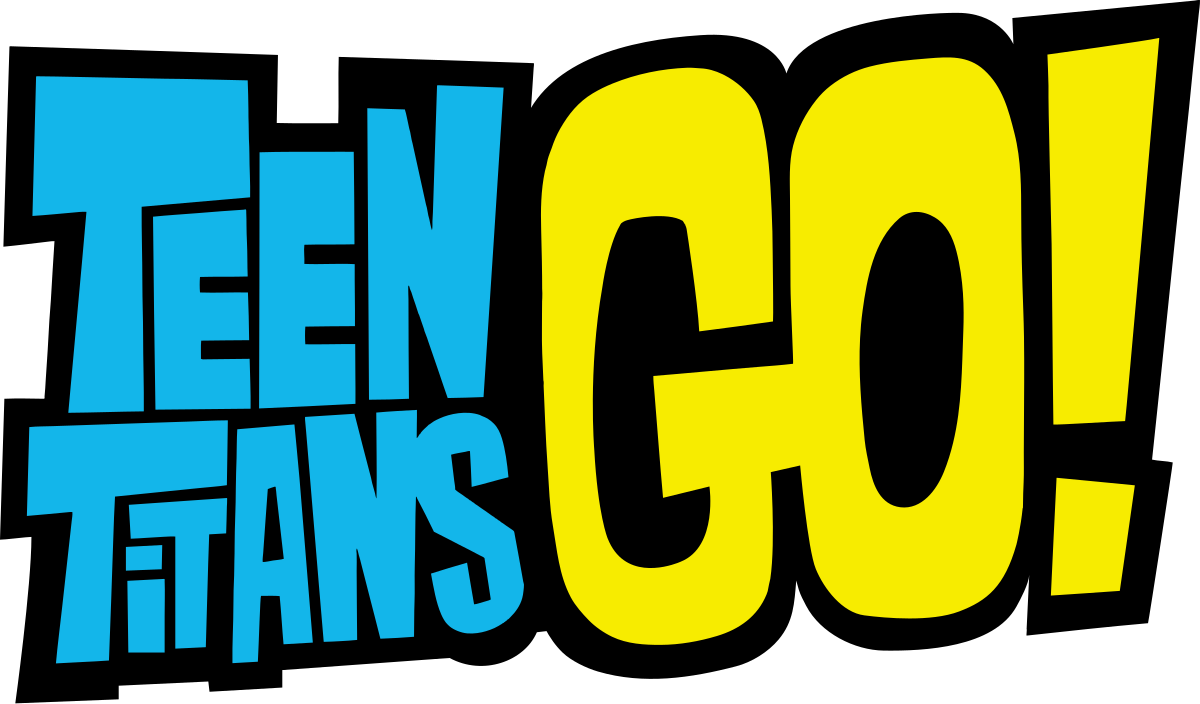
In the 1990s, sometimes referred to as the ‘decade of the brain’, the use of imaging techniques for neurobehavioral studies increased dramatically (Illes 2003). Since then, a neurotechnological revolution has taken place inside and outside the clinics. Forty-six years later, the first human electroencephalography (EEG) was recorded. In 1878 Richard Canton discovered the transmission of electrical signals through an animal’s brain. In contrast, modern advancements in neuroscience and neurotechnology have progressively allowed for the unlocking of the human brain and provided insights into brain processes as well as their link to, respectively, mental states and observable behavior. selective removal) of brain tissue, yet the neural and mental processes run in the brain and underlying emotions, reasoning and behavior remained at length unobservable. In fact, although primitive forms of neurosurgery used in ancient societies, including pseudo-scientific procedures such as trepanation, could allow for the observation and even manipulation (e.g. In 2013, US President Obama called attention to the potential impact of neuroscience on human rights, emphasizing the need to address questions such as thoseįor a long time, the boundaries of the skull have been generally considered the separation line between the observable and unobservable dimension of the living human being. This paper makes the case that the possibilities opened up by neurotechnological developments and their application to various aspects of human life will force a reconceptualization of certain human rights, or even the creation of new rights to protect people from potential harm. On the other hand, these same technologies, if misused or inadequately implemented, risk creating unparalleled forms of intrusion into people’s private sphere, potentially causing physical or psychological harm, or allowing undue influence on people’s behavior. Furthermore, a number of neurotechnology applications are becoming of major interest in the legal domain, especially tort law, criminal law and law enforcement. Outside the clinics, pervasive commercial applications are rapidly providing new possibilities for self-quantification, cognitive enhancement, personalized communication and entertainment for normal users. Clinical applications of brain imaging as well as other neurotechnologies are significantly improving the well-being of patients suffering from neurological disorders, offering new preventive, diagnostic and therapeutic tools. In the research context, brain imaging techniques are widely used to understand the functioning of the human brain and detect the neural correlates of mental states and behavior. While these advances can be greatly beneficial for individuals and society, they can also be misused and create unprecedented threats to the freedom of the mind and to the individuals' capacity to freely govern their behavior. As we will explain in this paper, emerging neurotechnologies have the potential to allow access to at least some components of mental information. Yet, with advances in neural engineering, brain imaging and pervasive neurotechnology, the mind might no longer be such unassailable fortress.

While the body can easily be subject to domination and control by others, our mind, along with our thoughts, beliefs and convictions, are to a large extent beyond external constraint.

The quoted sentence conveys the idea that the mind is a kind of last refuge of personal freedom and self-determination. In the end, she is rescued by her brothers, who chase off Comus. Despite all his rhetorical assaults, the woman repeatedly refuses his advances and claims that, no matter what he does or says, she will continue to assert her freedom of mind, which is beyond his physical power. He has bounded her to an enchanted chair and tried to seduce her with arguments about the charm of bodily pleasure. The piece, an exhortation to virtue, follows the story a young noblewoman who has been abducted by a sorcerer called Comus. The quotation in the epigraph is from the play Comus, written by John Milton in 1634.


 0 kommentar(er)
0 kommentar(er)
